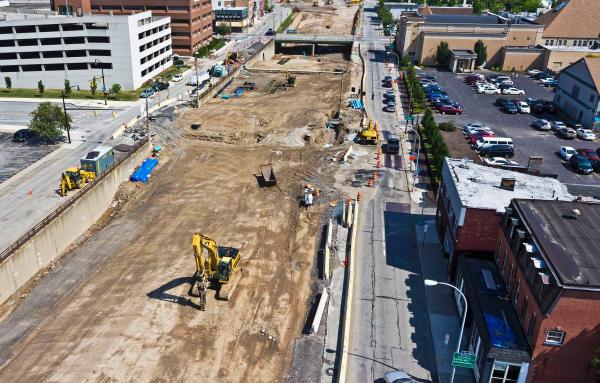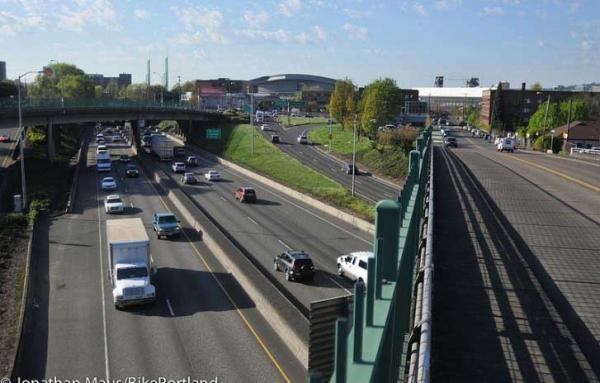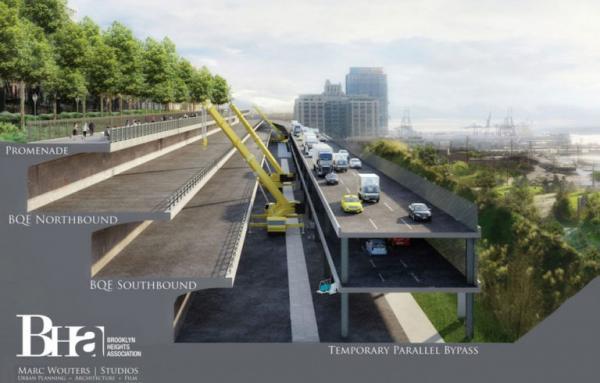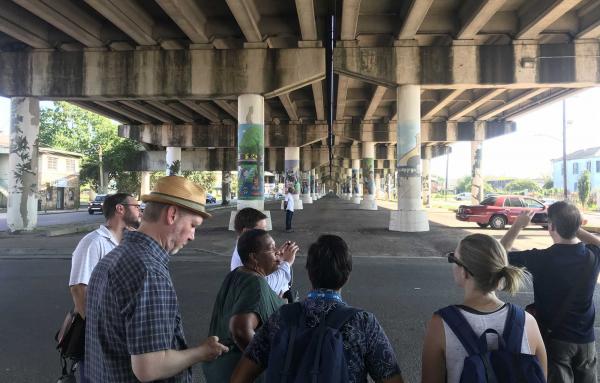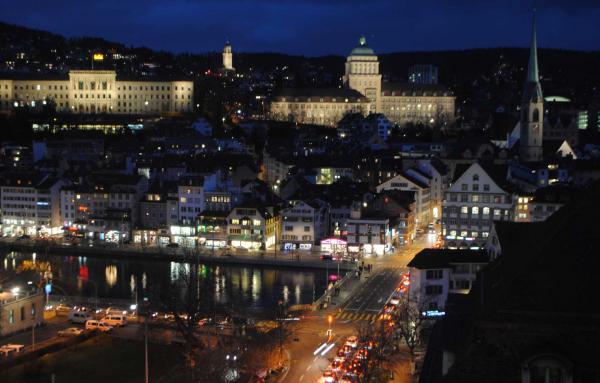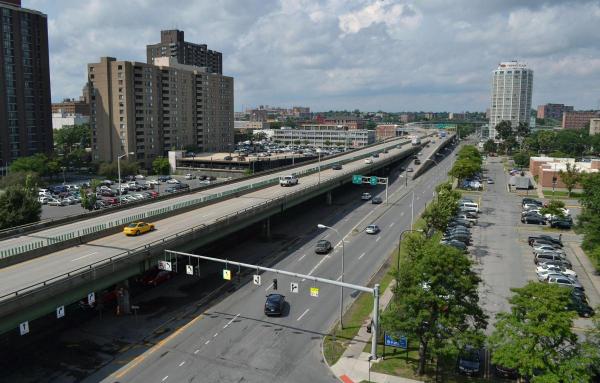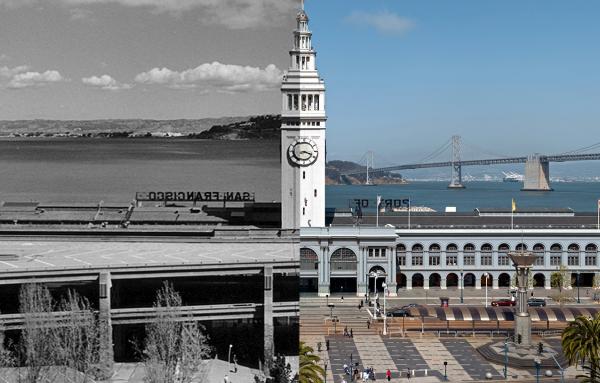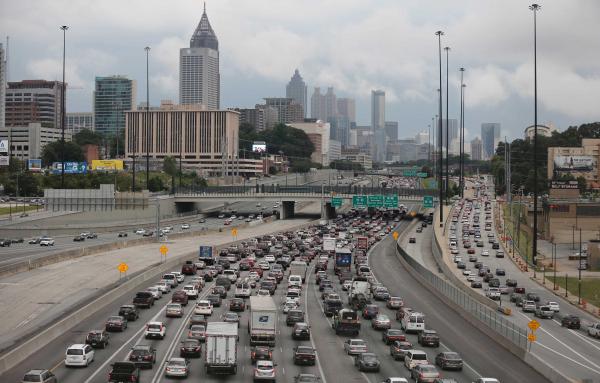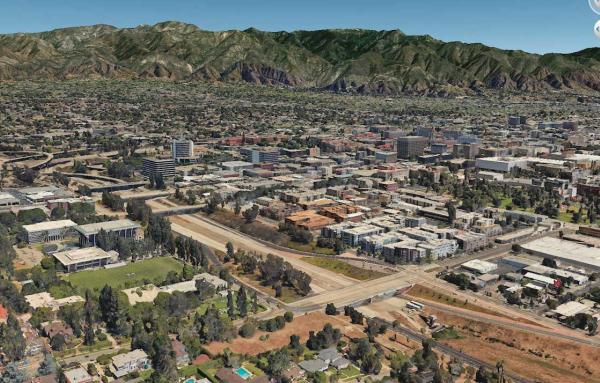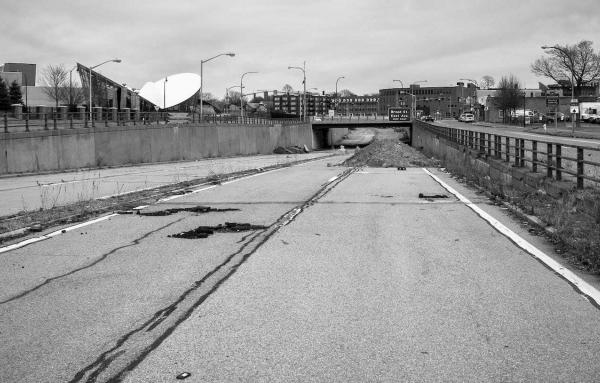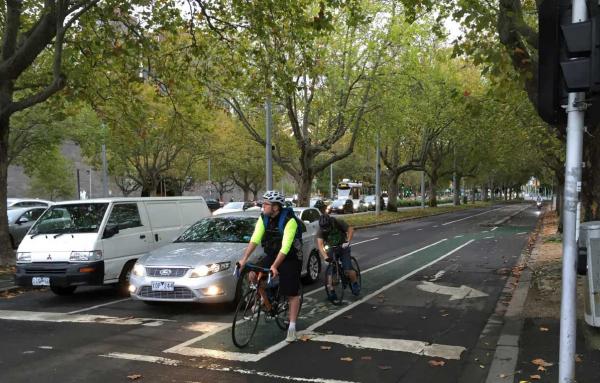Freeway transformation
CNU releases is biennial report, Freeways Without Futures 2019, telling the tale of ten freeways in cities where the movement has spawned active campaigns for transformation.
A $500 million widening project for Interstate 5 in Portland, Oregon, would lead to 10 to 17 million additional vehicle miles per year, according to a report in City Observatory.
The website posted a series of articles opposed to the I-5...
A redesign for the obsolete 1956 Buffalo Skyway addresses multiple community goals: enhancing mobility, promoting economic development, creating jobs, and reimagining the possibilities of Buffalo’s waterfront.
When transportation engineers make problematic city highway proposals, CNU members sometimes offer alternative design solutions that broaden the conversation—and that's the case with the BQE in Brooklyn.
CNU's 2018 Transportation Summit united local groups that battle to remove disruptive urban highway segments
A campus designed as an isolated, car-dependent place has become virtually car-free.
A tunnel would cost nearly three times as much as converting the aging I-81 in Syracuse to a boulevard—as suggested by CNU's Freeways Without Futures report.
Reducing state and federal infrastructure costs while boosting local economies by strengthening urban places is a win-win from in-city freeway transformation.
Outdated software and modeling overestimates the value of urban freeway expansions—and underestimates the effectiveness of alternatives like boulevards.
The 710 Freeway in Pasadena CA has no future, only an ugly past—one of scores of in-city highway struggles that began when many officials thought that traditional cities had no future.
From Pasadena, California, to Buffalo, New York, cities in this report have the chance to remove a blight and improve prosperity, health, and sustainability.
There is no compelling reason to build a five-mile freeway through the east side of the city, according to engineer Ian Lockwood. A boulevard would do the job better.
